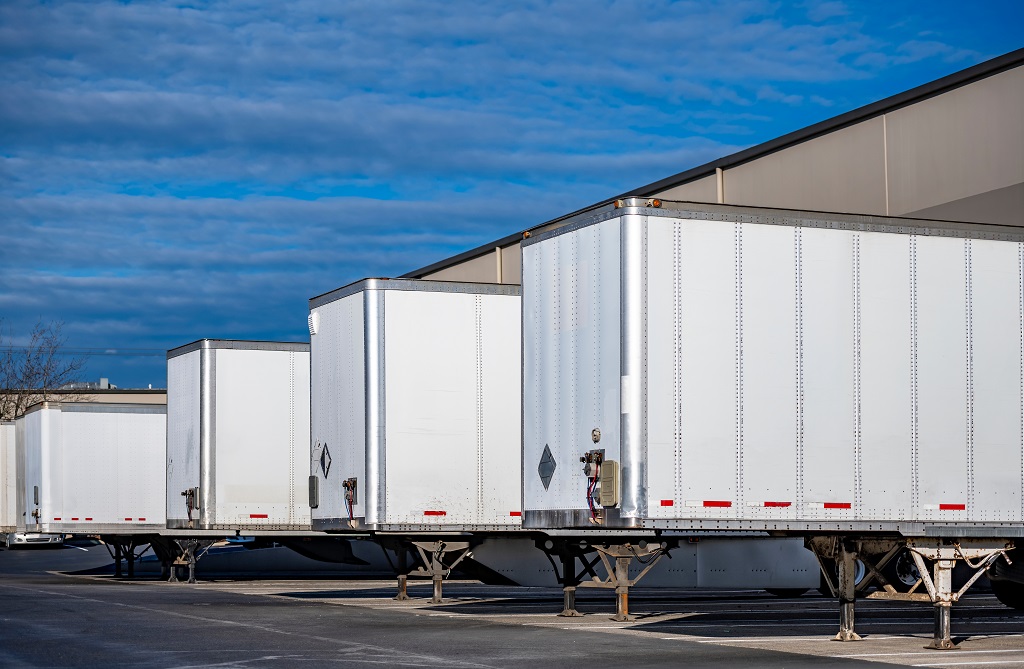The trucking industry is the backbone of the global supply chain, delivering goods from ports to stores and everything in between. However, operating a trucking business comes with significant expenses. Understanding these costs is crucial for maintaining profitability and enhancing operational efficiency. Here's a breakdown of costs:
Fuel Costs and Other Transportation Costs
Fuel remains a primary expense, consuming about 24% of total operational costs in the trucking industry, according to the American Transportation Research Institute (ATRI). In 2023, national average diesel prices have been around $3.75 per gallon. For a truck averaging 6.5 miles per gallon across 120,000 miles annually, the fuel expense alone stands at approximately $69,230 per year.
Fuel Advances
Fuel advances help manage cash flow by covering up to 50% of anticipated fuel costs per trip. This is particularly beneficial for independent operators who might struggle with upfront costs.
Tolls and Weigh Stations
Toll costs can vary but generally range from $0.05 to $0.20 per mile depending on the route, contributing significantly to transportation expenses. Efficient route planning using GPS technology can help minimize these costs, potentially saving thousands annually.
Vehicle Maintenance and Repairs
Maintenance and repairs account for roughly 10% of total operational costs, averaging about $12,000 annually per vehicle (dependent on equipment type), according to ATRI. These figures underscore the importance of preventative maintenance to avoid more costly breakdowns and repairs.
Driver Salaries
Driver compensation represents about 26% of total operational costs. The Bureau of Labor Statistics reports the average truck driver’s salary as approximately $47,000 per year. However, payment models vary:
Per Mile: Predominantly between $0.28 and $0.40 per mile.
Per Hour: Typically $15 to $20 per hour, more common in short-haul operations.
Revenue Share: Usually around 25% of the revenue from the load.
Benefits
Providing competitive benefits is essential for driver retention, adding an estimated 20-25% to base salaries.
Insurance
Insurance costs average around 4% of operational costs, with new drivers facing premiums up to 12% higher than experienced drivers due to higher risk profiles. Comprehensive coverage, including liability, cargo, and accident insurance, is crucial for protecting against potential losses.
Licensing and Permit Fees
Initial costs for a Commercial Driver's License (CDL) range from $75 to $250, with ongoing costs for USDOT registration and state-specific permits adding several hundred dollars more annually per truck. Staying compliant with all regulations is critical to avoid fines and interruptions in operations.
Depreciation of Assets
Depreciation typically impacts financials by 15-20% annually based on the initial truck value, with an average new semi-truck costing around $120,000. This translates to an annual depreciation of approximately $24,000, significantly affecting the company's balance sheet and tax strategies.
Strategies for Managing Depreciation
Optimizing the Replacement Cycle: Regular fleet upgrades ensure operational efficiency and higher resale values.
Leveraging Tax Advantages: Utilizing accelerated depreciation can offer significant tax savings, improving cash flow.
Overhead Costs
Administrative expenses, including office operations and marketing, constitute about 10-15% of total costs. Streamlining these through technological solutions and efficient management practices can significantly reduce overhead.
Health and Safety Programs
Investing in comprehensive health and safety training is vital, costing about $500 per driver annually but potentially saving significantly in reduced accident rates and lower insurance premiums.
Downtime Costs
Downtime, such as rest periods and traveling without cargo (deadhead miles), can lead to substantial revenue loss. Effective scheduling and logistical strategies, like backhauling, can minimize these non-productive periods.
Conclusion
Understanding and managing these costs with data-driven strategies and efficient operational practices is key to maximizing profitability and ensuring the long-term sustainability of trucking operations. Here are some key takeaways:
Optimizing the Replacement Cycle: Determine the optimal time to replace vehicles to avoid operating trucks beyond their most economical period.
Maximizing Resale Value: Proper maintenance can help maintain the truck’s condition, thereby enhancing its resale value and mitigating the financial impact of depreciation.
Leveraging Tax Advantages: Understanding tax rules related to depreciation can help trucking businesses make informed purchasing decisions, such as taking advantage of accelerated depreciation methods where applicable.
By incorporating these strategies into cost analysis, trucking companies can gain a comprehensive understanding of a truck’s true operational cost and develop more informed financial forecasting and strategy development.






